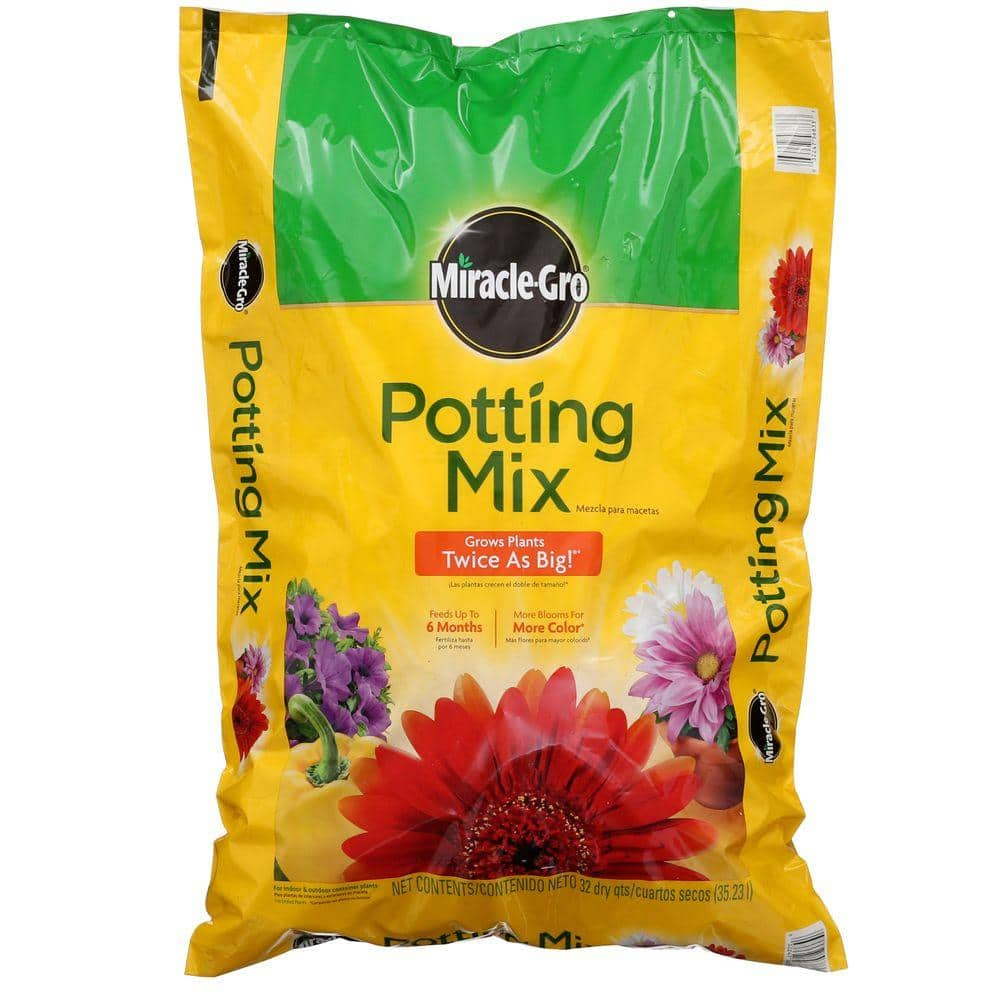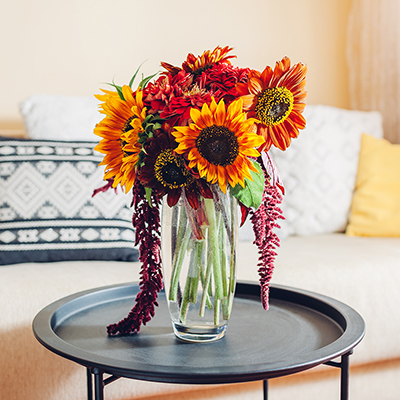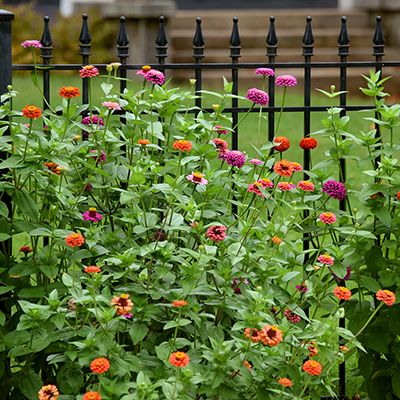Annual Flowering Plants for Spring

Last updated July 15, 2025
Spring is a great time to plant annuals to add a fresh pop of color into your garden. Many homeowners choose colorful spring flowers that provide nectar for hoverflies and other early-season beneficial insects. This guide will highlight some annual flowering plants for spring and how to care for them.
Table of Contents
Determine Your Color Scheme
Prepare Your Space
Provide Plenty of Water
Prevent Weeds
Determine Your Color Scheme

There are so many different colors to choose from with annual flowers, so decide on a color scheme before you buy plants. Place seedlings near each other in various combinations to preview how they’ll look when grown together in your garden.
High-contrast pairings such as dark pink dianthus, with light gray dusty miller, always look exciting. Dianthus is a great option to be the star of your garden. Annual dianthus often flowers for months and comes in many shades of red, pink and white. They’re often called “pinks” because the zigzag edges of the petals look like they’ve been trimmed with pinking shears. Dianthus are closely related to carnations but are much easier to grow. In addition to brightening your yard, colorful dianthus plants attract hummingbirds with their sweet nectar.
Another great option is fragrant sweet alyssum, which has a softening effect wherever it’s grown. White flowers lend a fresh, clean look to blooming combos, so try adding a few white candytuft, petunias
or pansies to your planting plan.
Prepare Your Space

For the best results with easy-to-grow annuals, your plants need a good flowerbed or container to bloom. Add a 2-inch layer of compost to flowerbeds.
For containers, use fresh potting soil. If you’re working with large containers, move the pot to its permanent spot before filling it with soil and plants. Otherwise, it might be too heavy to move once it’s full.
Provide Plenty of Water

Water your seedlings thoroughly before gently removing them from their containers. After transplanting flowers to their new home, press them in gently to make sure there is firm contact between the soil and the plants’ roots.
Keep a good watering can on hand since they offer the best control over the flow while you’re watering your plants. Watering too hard can lead to damage.
Prevent Weeds

Weeds compete with your flowers for essentials like sunlight, nutrients and space in your garden. They also can attract pests and harbor diseases that can affect your annuals. Prevent weeds in flowerbeds by covering the soil between plants with several thick folds of newspaper or pieces of damp cardboard. Finish by covering with a three-inch layer of wood chip mulch.
When weeding your garden, always pull the weeds completely out of the soil, roots and all, not just the leaves visible above the surface. Most weeds can grow back from any roots left behind.
Adding annual flowering plants for spring to your garden is a great way to bring new life to outdoor spaces. From colorful dianthus to petunias and pansies, there are many options to consider. With the right soil preparation and water, any annuals can be a success.
Ready to get plants and the tools to take care of them? Use The Home Depot Mobile App to locate products and check inventory. We’ll take you to the exact aisle and bay.
































